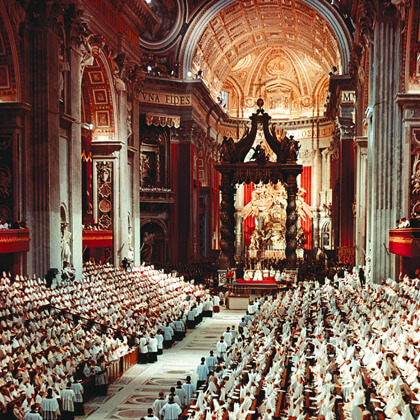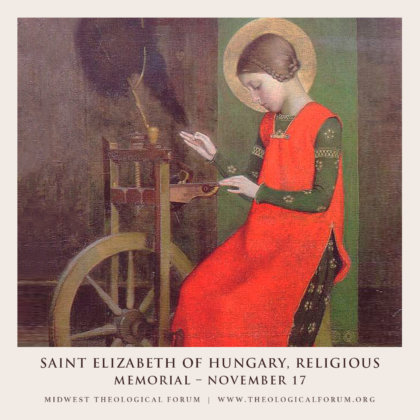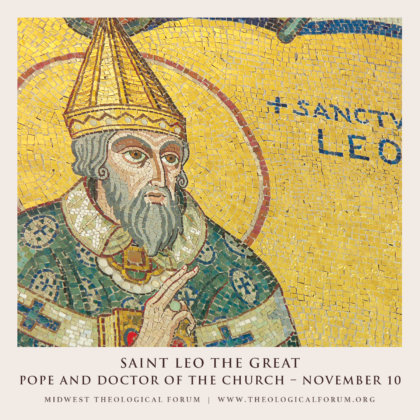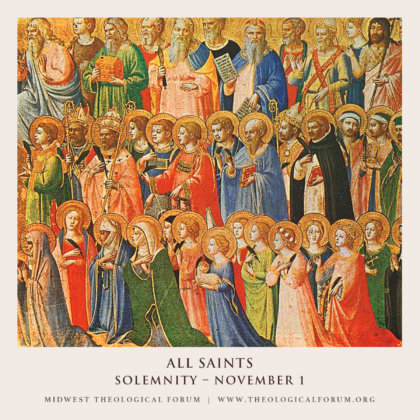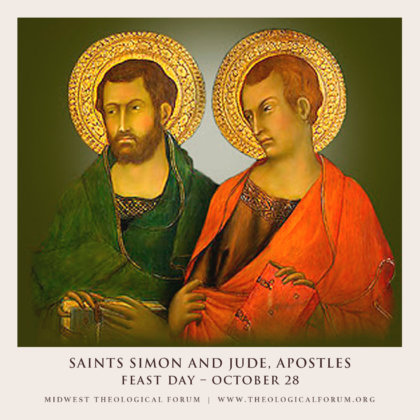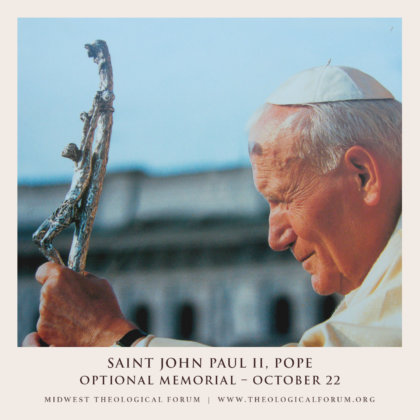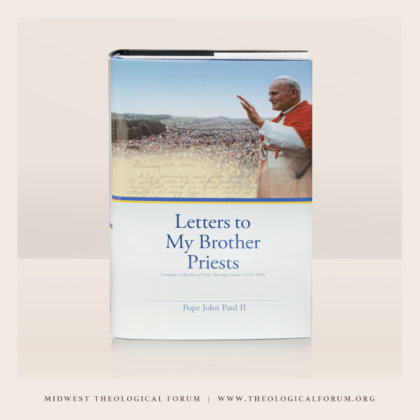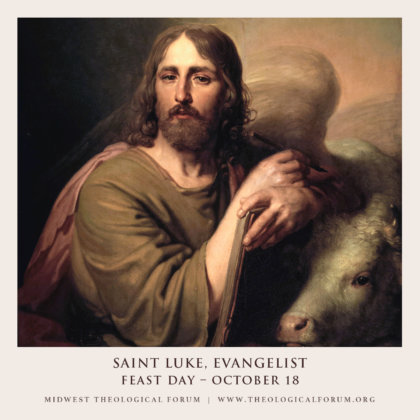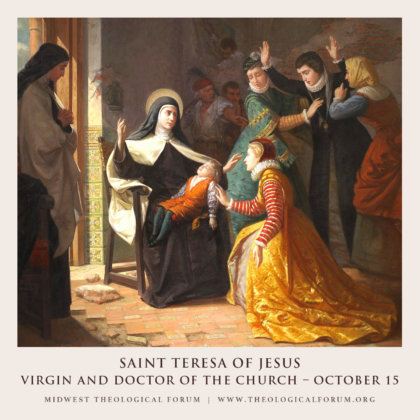*** *** ***
— Tradition holds that the Blessed Virgin Mary, as a child, was presented by her parents into the Temple. This feast commemorates the total gift that Mary made of herself: total dedication to God’s service and obedience to God’s will. In the Eastern Orthodox Church it’s known as The Entry of the Most Holy Theotokos […]

